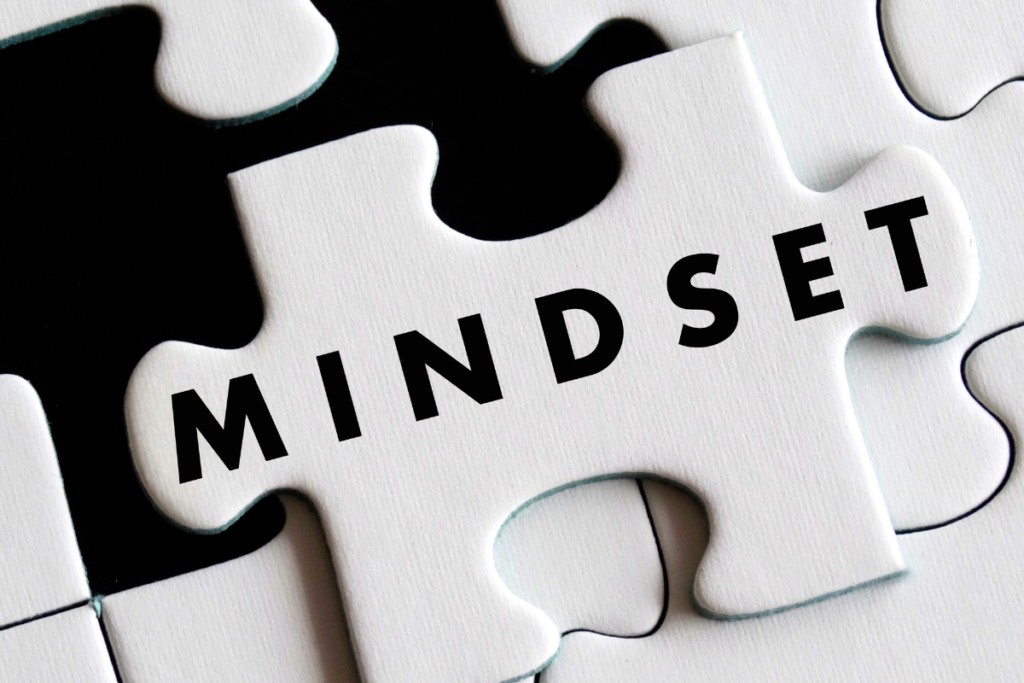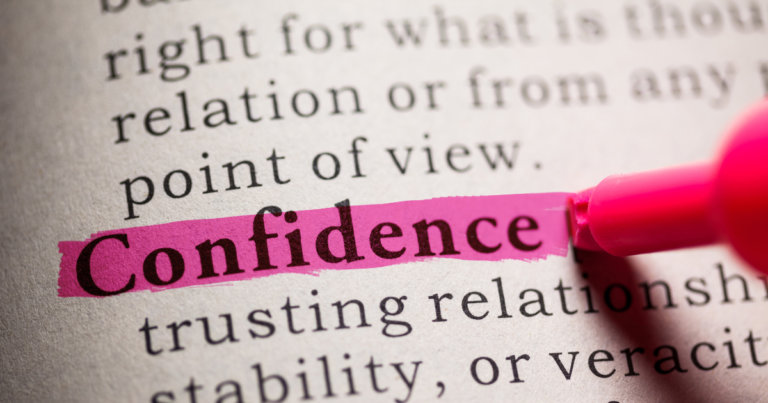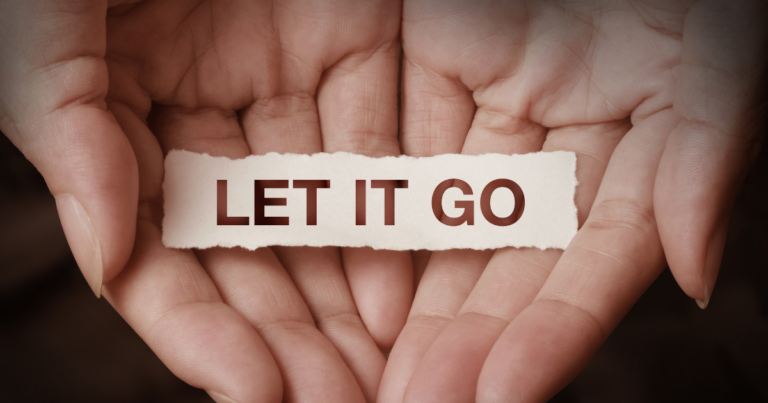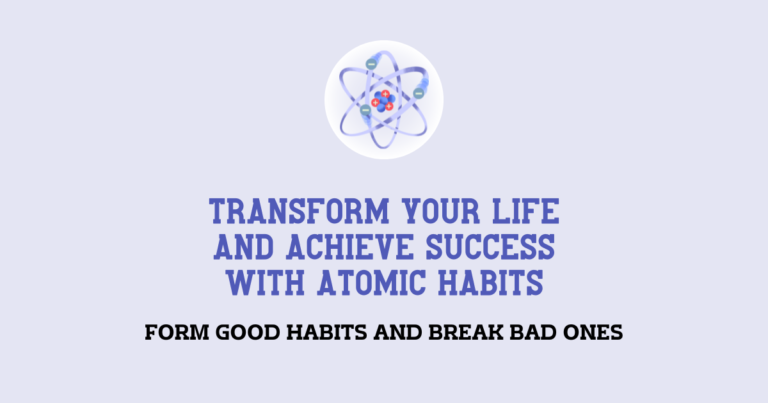How to Become the Best at What You Do in 2025
In his celebrated book Outliers, Malcolm Gladwell takes a bold stance against the common belief that innate talent alone determines success. He dives into a significant debate among psychologists, questioning the very idea of whether innate talent truly exists. Gladwell states, “For almost a generation, psychologists around the world have been engaged in a spirited debate over a question that most of us would consider to have been settled years ago. The question is this: is there such a thing as innate talent? The obvious answer is yes.”
However, Gladwell’s extensive research presents a different perspective to become the best. He argues that achievement is not exclusively reserved for those who possess extraordinary natural abilities. Rather, it emerges from a unique blend of innate talent and rigorous preparation. Through various examples, he illustrates how factors such as hard work, opportunity, and timing play a crucial role in shaping successful individuals. For instance, he highlights the importance of the “10,000-Hour Rule,” which suggests that achieving mastery in a field requires roughly ten thousand hours of dedicated practice.
By emphasizing this combination of talent and preparation, Gladwell encourages readers to rethink their understanding of success. He makes a compelling case that while some individuals may have a natural inclination toward certain skills, it is the relentless pursuit of improvement, coupled with the right circumstances and support, that ultimately leads to outstanding achievements. This shift in perspective encourages us to value perseverance and dedication, suggesting that anyone, regardless of their starting point, can reach remarkable heights with the right mindset and effort.
Table of Contents
The 10,000-Hour Rule

While Malcolm Gladwell acknowledges that innate talent exists, he strongly emphasizes the significant role that practice and intentional effort play in achieving success. A pivotal study conducted at a renowned music university offers compelling evidence to support this idea. Researchers closely monitored the practice hours of violin students, dividing them into three distinct groups: exceptional, average, and below average.
Practice Makes Perfect
The results of the study were both surprising and thought-provoking. It showed that the exceptional students practiced significantly more than their peers. By the time they turned eight, the exceptional group had already amassed around 2,000 practice hours. In comparison, average students had logged about 1,500 hours, while those in the below-average category had only reached around 1,000 hours. This early difference in commitment to practice set the stage for their future development.
The Teenage Gap
The most striking finding emerged during the students’ teenage years. As they progressed into adolescence, the disparity in practice hours between the exceptional students and their peers became even more pronounced. By age twenty, the exceptional students had accumulated an incredible 10,000 practice hours. Meanwhile, their average counterparts had only reached about 4,000 hours. This growing gap underscored the importance of sustained effort and dedication over time.
Shattering the Myth of “Naturals”
This groundbreaking study effectively dismantles the myth of “naturals”—those individuals who seem to excel in their fields effortlessly, without putting in substantial work. Instead, it highlights that exceptional performance is fundamentally linked to a sustained and unwavering commitment to practice and deliberate effort. Gladwell’s findings remind us that while some may have natural talent, it is the relentless pursuit of improvement, combined with intentional practice, that truly drives success. This revelation encourages aspiring musicians and individuals in all fields to embrace the value of hard work and persistence, showing that mastery is within reach for anyone willing to put in the effort.
Throughout all these studies, Gladwell writes, they “couldn’t find any ‘naturals,’ musicians who floated effortlessly to the top while practicing a fraction of the time their peers did. Nor could they find any ‘grinds,’ people who worked harder than everyone else, yet just didn’t have what it takes to break the top ranks.”

The Role of Innate Talent
Malcolm Gladwell’s research shows that while natural talent is important, it isn’t the only factor that leads to success. Innate abilities are just the starting point. To truly excel, people need to work hard and stay dedicated to what they do. This mix of natural talent and effort is what sets successful individuals apart from those who don’t fully realize their potential.
Gladwell encourages us to recognize the different skills people have. Some may naturally excel in music, sports, or academics, but without regular practice and dedication, that talent may not develop fully. For example, a musician might have a natural gift for music, but if they don’t put in the time to practice, they won’t reach their full potential. So, while natural talent is important, it’s the hard work that really helps people succeed.
The Symbol of 10,000 Hours
The term “10,000 hours” is often used to describe how long it takes to become an expert in something, whether it’s music, sports, or science. Gladwell made this idea popular, suggesting that reaching this amount of practice is essential for becoming really good at any skill. While the thought of spending 10,000 hours on something can be overwhelming, it’s not a strict rule; it symbolizes the hard work and effort needed to achieve greatness.
Becoming an expert takes time and effort, and it’s important to embrace the journey. This means learning from mistakes and continuously trying to get better. Every hour spent practicing helps people grow and improve. Instead of focusing solely on reaching 10,000 hours, individuals should aim to develop a mindset of hard work, patience, and passion for their activities. By doing this, they can turn their talents into great achievements, regardless of how naturally skilled they are. In the end, the road to success is built on dedication, hard work, and commitment to personal goals.
The Mindset for Mastery

Achieving mastery in any field goes beyond simply committing to regular practice. It requires a profound transformation in how you think and approach challenges. To truly excel, you must be willing to embrace the discomfort that comes with failure and continuously seek ways to improve. This journey is not just about acquiring skills; it’s about reshaping your mindset to become more resilient and open to growth.
Rewiring Your Brain
To cultivate this growth-oriented mindset, you need to rewire your brain and establish new habits and routines. This involves shifting your perspective on challenges and setbacks. Instead of viewing failure as a negative outcome to be feared, start seeing it as a valuable opportunity for learning and personal growth. Each time you encounter a setback, remind yourself that it is a crucial part of your journey toward mastery. By reframing your thoughts in this way, you will become more willing to take risks, experiment, and push beyond your comfort zone.
Developing New Habits
Creating effective new habits involves a two-step process: first, you must associate negative feelings with old habits that no longer serve you, and second, you need to connect positive emotions with new behaviors that promote growth and excellence. For instance, if procrastination has been a hindrance to your progress, begin to recognize the stress and anxiety it brings. By consciously linking these negative emotions to procrastination, you will become less inclined to engage in that behavior.
Embracing Failure
The path to excellence is not without its setbacks and disappointments. Failure is an inherent part of the learning process, and it is only through perseverance that true mastery can be achieved. As the Persian philosopher Heraclitus aptly stated, “Out of every hundred men, ten shouldn’t even be there, eighty are just targets, nine are the real fighters, and we are lucky to have them, for they make the battle. Ah, but the one, one is a warrior.”
Becoming the Best

Becoming the best at what you do is not a privilege reserved for the few. It is an opportunity available to anyone willing to invest the time, effort, and unwavering dedication required to achieve mastery.
Continuous Learning and Improvement
Remember, pursuing excellence is not a linear journey but a continuous cycle of learning, improvement, and perseverance. Embrace the challenges along the way, and never lose sight of your ultimate goal. By putting in the hard work and cultivating the right mindset, you can unlock your true potential and become the best that you can be.
Achieving excellence is a multi-faceted journey that involves much more than innate talent. Through dedicated practice, embracing failure, and continuously improving, you can reach your full potential. The concept of 10,000 hours symbolizes the dedication and effort required to become the best in any field. By focusing on continuous learning and improvement, you can overcome obstacles, build resilience, and ultimately become the best version of yourself.
What are the main steps to becoming the best in my job?
To be the best at what you do, work hard, keep learning, set clear goals, and ask for feedback. Practice regularly and stay dedicated to improving your skills to stay ahead in your field.
How important is practice for getting better?
Practice is very important for getting better at something. Doing focused practice—where you work on specific skills—helps you improve and face challenges. Many say that putting in 10,000 hours of practice can make you an expert, but consistent effort is key, too.
How can I stay motivated while trying to be the best?
Staying motivated can be tough, but setting short-term and long-term goals can help you stay on track. Celebrate small successes, surround yourself with supportive people, and remember why you love what you do. Also, view mistakes as chances to learn, which can keep you motivated.







